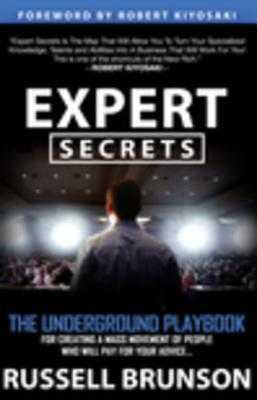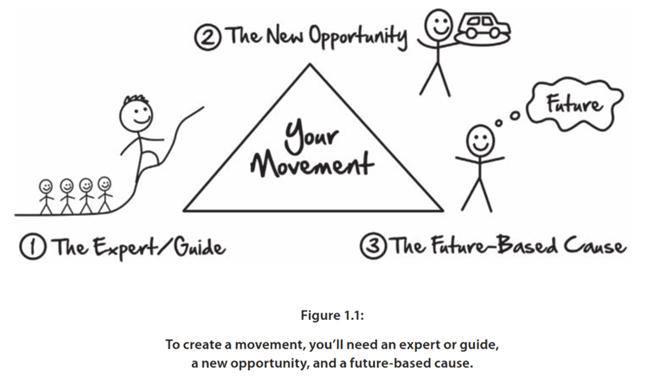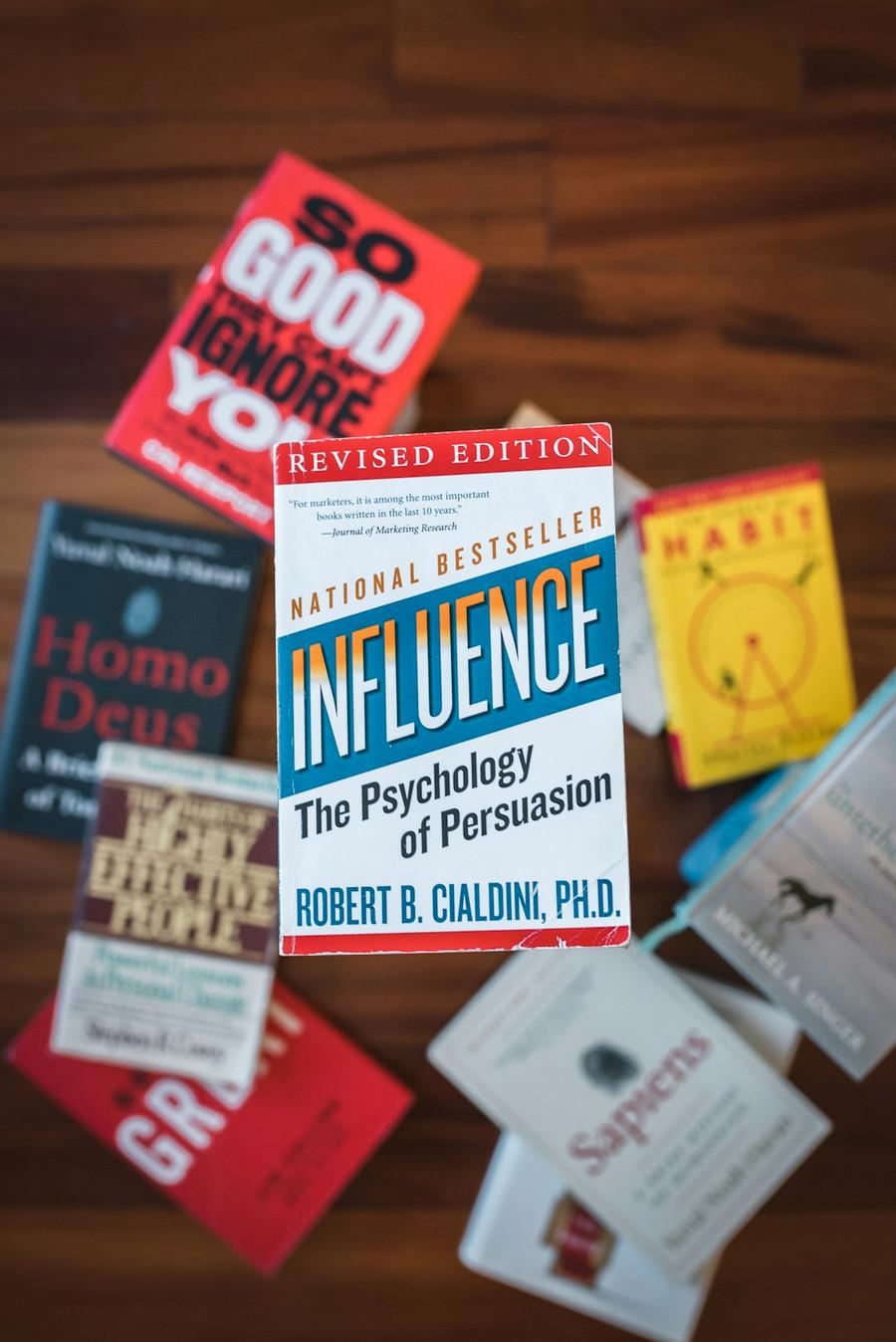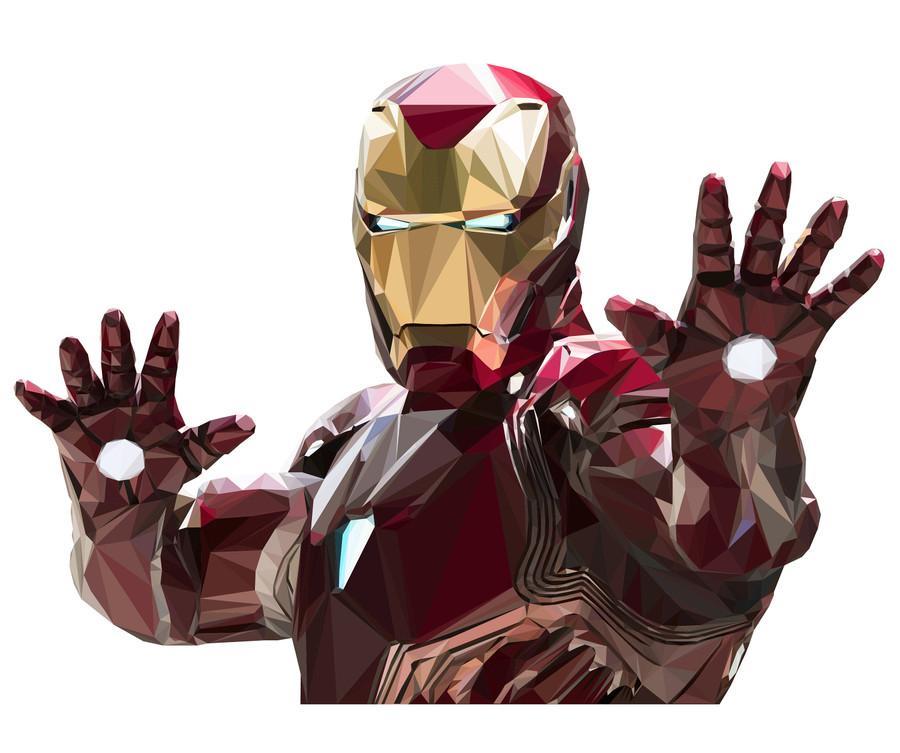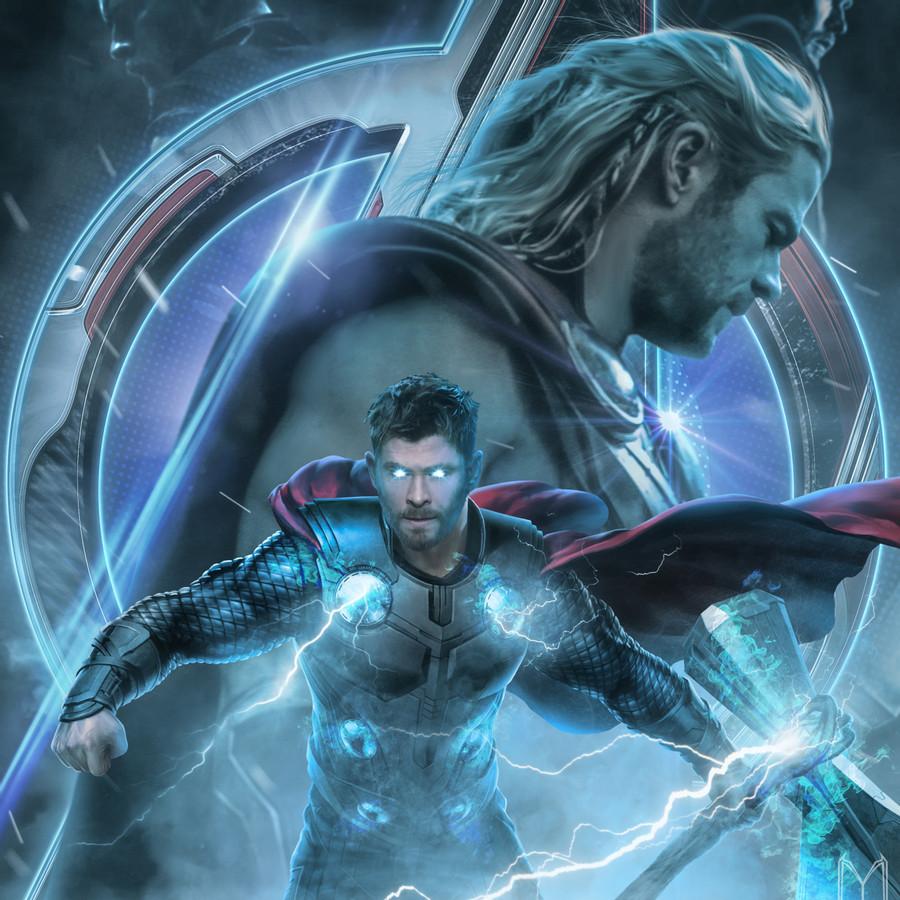Mark D.'s Key Ideas from Expert Secrets
by Russell Brunson
Ideas, facts & insights covering these topics:
21 ideas
·11.2K reads
42
1
Explore the World's Best Ideas
Join today and uncover 100+ curated journeys from 50+ topics. Unlock access to our mobile app with extensive features.
Creating Your Movement
To create a movement, you need 3 things:
- An expert or guide
- A new opportunity
- A future-based cause that unites the tribe
The expert offers someone a new opportunity and then guides them to a result with a future-based cause.
95
2.12K reads
Finding Your Voice
The 5 phases to become an expert:
1. The Dreamer: Fascination + Mastery = Passion
2. Reporter: learn everything about your topic from multiple points of view
3. Framework Creator: identify patterns for success and build your own frameworks to help facilitate that success for others. Your product is likely just a piece of that framework
4. Servant: test your framework on yourself first and then on others to perfect it and ensure it produces the same (or better) results
5. Expert Guide: start leading others to their destination. Your results are your certification
106
1.06K reads
How to Create Frameworks
1. Create your framework hypothesis: make a bullet list that you would want to teach yourself before you began this journey. Organize it into an outline in an order that makes sense
2. Test your framework hypothesis on yourself
3. Give your framework a proprietary name: give it an easy name so people can remember the process by the name itself
4. Create a description: “(Framework name) My X-step framework/system/process) for (result).”
95
894 reads
People will do anything for those who encourage their dreams, justify their failures, allay their fears, confirm their suspicions, and help them throw rocks at their enemies.
BLAIR WARREN
109
1.66K reads
Teaching Your Frameworks
Step #0—Introduce the framework
Tell the audience the name and description of your framework
Step #1—Share how you either learned it (your knowledge) or earned it (through your experiences)
Step #2—Share the strategy (the what you do)
Give the outline of the framework.
Step #3—Teach the tactics (the how you do it)
This is where most of the content is taught.
Step #4—Show them how it works for others
Showing them that it didn’t just work for you, but it also worked for people just like them, is the key to getting them to believe in your framework.
96
553 reads
The Three Core Markets or Desires
The 3 core markets or desires that every product is marketed through:
- Health
- Wealth
- Relationships
When people purchase a product or service, they’re hoping to get a certain result in one of these three areas of their lives.
Many products can be marketed toward getting a result in more than one desire, but your marketing message can focus only on one of them.
93
609 reads
The 3 Core Groups of People in Each Marketplace
- “The Diehard” is in love with the current product. Switching a Diehard to a new product requires a major identity shift.
- “The Satisfied” uses the product they bought but isn’t in love with it. Switching the Satisfied to a new product requires a significant price or value benefit.
- “The Frustrated” also use the product they bought, but they hate it. They’re actively seeking a better product that can fit their desires. Switching a Frustrated person to a new product requires finding them, gaining their trust, and giving them a small amount of education.
88
491 reads
The New Opportunity
- Rather than trying to improve on someone else’s product or service, create your own new opportunity to set yourself apart from the competition.
- If you want people to buy, you have to show them how your product or service will increase their status.
- When marketing, focus on as many status increases as you can that apply to your product or service.
- Your goal is to load up the status-increase side and minimize the status-decrease side.
Factors that elevate status:
- Appearance of intelligence
- Appearance of wealth, power, or happiness
- Physical appearance
- Style
88
447 reads
How to Create a New Opportunity
Step #1: What is the result your dream customers are trying to achieve?
Create a new way for your dream customers to achieve their desired results
Step #2: What is the“vehicle” they are currently using to try to get that result?
Write down all the other vehicles that your dream customers have been using (without success).
Step #3—The Opportunity Switch
Provide an entirely new vehicle for your dream customers to get to their desired result
Step #4—The Opportunity Stack
You should offer only one opportunity switch (new opportunity).
91
346 reads
The Future-Based Cause
Our job as an expert and guide for our audience is to help cast a vision for what is possible and bring our people to higher ground, to move them from where they are to where they want to be.
Your job as the expert is to guide your dream customers on a journey of both achievement and transformation.
Step #1: Launch Your “Platform” to Be Your Dream Customer’s Guide to the Result
Step #2: Give Them an Identity Shift
Step #3: Create Milestone Awards (Journey of Achievement)
Step #4: Unite with a Social Mission (Journey of Transformation)
89
292 reads
Creating Belief: The Epiphany Bridge
Your goal isn’t to try to sell anyone anything. Your goal is to guide them to their own decision.
Epiphany Bridge: a story that takes people through the emotional experience that got you excited about the new opportunity you’re presenting. Your epiphany is the aha moment when you learned about your new opportunity
You have to step away from the technobabble, meet your dream customers where they are, and help them feel the emotion you felt when you had your epiphany so they can move with you.
89
298 reads
Effective Storytelling
- Oversimplification: speak at about a third-grade level
- “Kinda like” bridge: if you need to teach a concept that’s past a third-grade level, say It’s kinda like…” and relate it to something customers already know
- Making them feel: add feelings and emotions. Your customer needs to be in the same state that you were in when you received your aha moment
88
344 reads
The Hero’s Two Journeys
The plot of every good story has three simple elements:
- Character
- Desire
- Conflict
In order for the character to go on a journey to achieve his desire, he has to separate from his ordinary world.
During this separation, it’s essential that the storyteller gets the audience to care about the hero. We do this through two things:
- Build rapport with the hero
- Introduce the desire
85
289 reads
Build Rapport with The Hero
We build rapport with the hero by giving our hero at least two of the following things:
A victim of some outside force, so we want to root for them
- In jeopardy, so we worry about them
- Likable, so we want to be with them
- Funny, so we connect with them
- Powerful, so we want to be like them
87
277 reads
Introduce the Desire
Every story is about a journey either toward pleasure or away from pain.
There are four core desires that drive most heroes:
- Win: the heart of someone they love, or fame, money, a competition, or prestige.
- Retrieve: wants to obtain something and bring it back.
- Escape: desires to get away from something that’s upsetting or causing pain.
- Stop: bad things from happening.
86
239 reads
The Journey, the Conflict, and the Villain
The villain’s role in the story helps us root for the hero to achieve his desire.
The villain can be a person, or it could also be a false belief system. Our job is to vilify the belief system and defeat it so we can give our audience the truth.
We are all rooting for the hero to accomplish this journey. While this journey is what drives the story forward, it’s the second journey that matters the most. In fact, in many stories, the hero never actually achieves their end desire.
Or if they do, they give it up for the real transformational journey that they’ve been on throughout the story.
84
196 reads
The Mentor/Expert/Guide
- During the journey, the hero meets a mentor or guide to help them along the way.
- For our purposes with storytelling, the guide is the person who gives us the epiphany and the frameworks.
- The journey then becomes the hero using the plans/framework they receive from the guide to defeat the villain and achieve their desire.
85
248 reads
The Achievement
As the hero finally ends their journey, they’re transformed into a new person.
Sometimes heroes get what they have been trying to achieve throughout the story, and oftentimes they don’t.
This is the hero’s second journey. Who have they become and how have they evolved? This journey is the death of their old identity and their rebirth as a new person. This invisible journey is the real journey that our hero has been on the whole time.
83
185 reads
The Four Core Stories
Our only real goal in any of our marketing is to identify the false beliefs and false stories our customers are telling themselves—the ones that are keeping them from success—and to rewrite these stories inside their minds.
The 4 core stories to break false beliefs:
1. Your origin story with the new opportunity. This is the Epiphany Bridge story that tells how you discovered your new opportunity
2. Vehicle framework story (how you learned or earned it).
3. Internal beliefs story.
4. External beliefs story.
87
219 reads
Building a story inventory
1. Chains of false belief. List all the false beliefs your customers might have related to your new opportunity, followed by the vehicle frameworks, their internal false beliefs, and their external false beliefs
2. Experiences. Next to each false belief that you listed, write out what type of experience they may have gone through that gave them that false belief
3. Stories. Next to each experience, write down the story that the experience created in their mind
4. New Epiphany Bridges. Think about your own Epiphany Bridge story for each of these false beliefs
87
185 reads
The 3 Reasons (False Beliefs) Why People Don’t Buy from You
- “I don’t believe this vehicle (your new opportunity) is the right vehicle for me.” What tangible thing can you create to help them change their belief?
- “I believe this is the right vehicle for some people, but I don’t think that I could be successful with it.” They don’t believe in themselves. So you need to create something specific to help them overcome these false beliefs about themselves.
- “I believe that I could have success, but I have an external force holding me back from success.” Create something to help eliminate or minimize each excuse.
87
253 reads
IDEAS CURATED BY
CURATOR'S NOTE
Understand your customer, and build your marketing framework.
“
Mark D.'s ideas are part of this journey:
Learn more about personaldevelopment with this collection
How to adapt to different speaking situations
How to engage with an audience
How to use body language effectively
Related collections
Discover Key Ideas from Books on Similar Topics
20 ideas
Superfans
Pat Flynn
15 ideas
The Imposter Cure
Jessamy Hibberd
7 ideas
When You're the One Who Cheats
Tammy Nelson
Read & Learn
20x Faster
without
deepstash
with
deepstash
with
deepstash
Personalized microlearning
—
100+ Learning Journeys
—
Access to 200,000+ ideas
—
Access to the mobile app
—
Unlimited idea saving
—
—
Unlimited history
—
—
Unlimited listening to ideas
—
—
Downloading & offline access
—
—
Supercharge your mind with one idea per day
Enter your email and spend 1 minute every day to learn something new.
I agree to receive email updates
